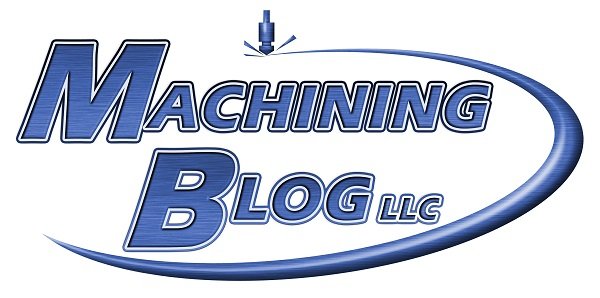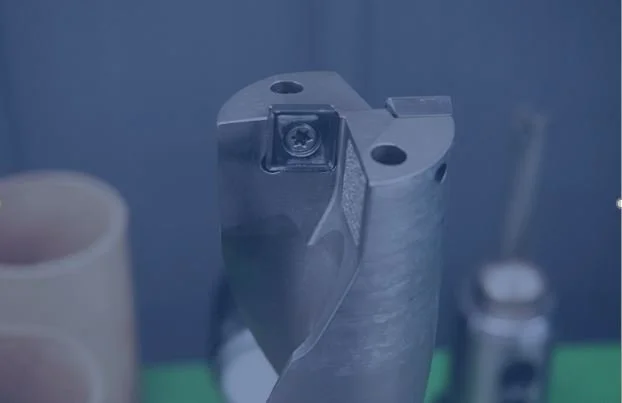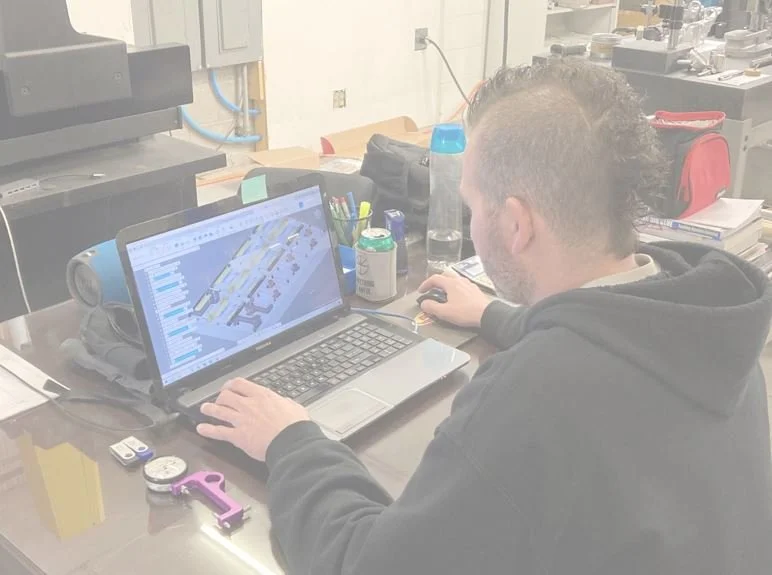During my time operating the Machining Blog business, I have visited a few schools. I noticed one thing that was the same about their programs, and that was their 3D printers were just used to produce trinkets and not mechanical parts. I decided to create a project that could create many learning opportunities from it, and that project was to design and build a mechanical clock. The clock that I designed was based on a mechanical watch design, but I scaled the part size up by six times their actual size. I started the project by reading books on watch design and by taking apart watch movements. I learned along the way and then started designing watch movement parts in Solidworks CAD software. I then purchased a small 3D printer and started printing the parts. Once the gears started to mesh properly, I built a few prototypes along the way. With all my time that I invested in the project, it probably amounted to a couple thousand hours. The result was a clock that is pretty accurate for being printed, not machined.
















